Why are routine comprehensive eye exams important?
Regular eye examinations are necessary to catch any potential eye problems at an early stage when they are more manageable. These examinations ensure optimal vision correction, detect and manage conditions like glaucoma, macular degeneration, and cataracts, assess overall health, monitor children’s eye health, and adjust treatment plans for existing eye conditions. They play a vital role in maintaining good eye health, preserving clear vision, and preventing any long-term complications. Regular check-ups provide the opportunity for early intervention, personalized care, and peace of mind regarding your eye health.

age related macular degeneration
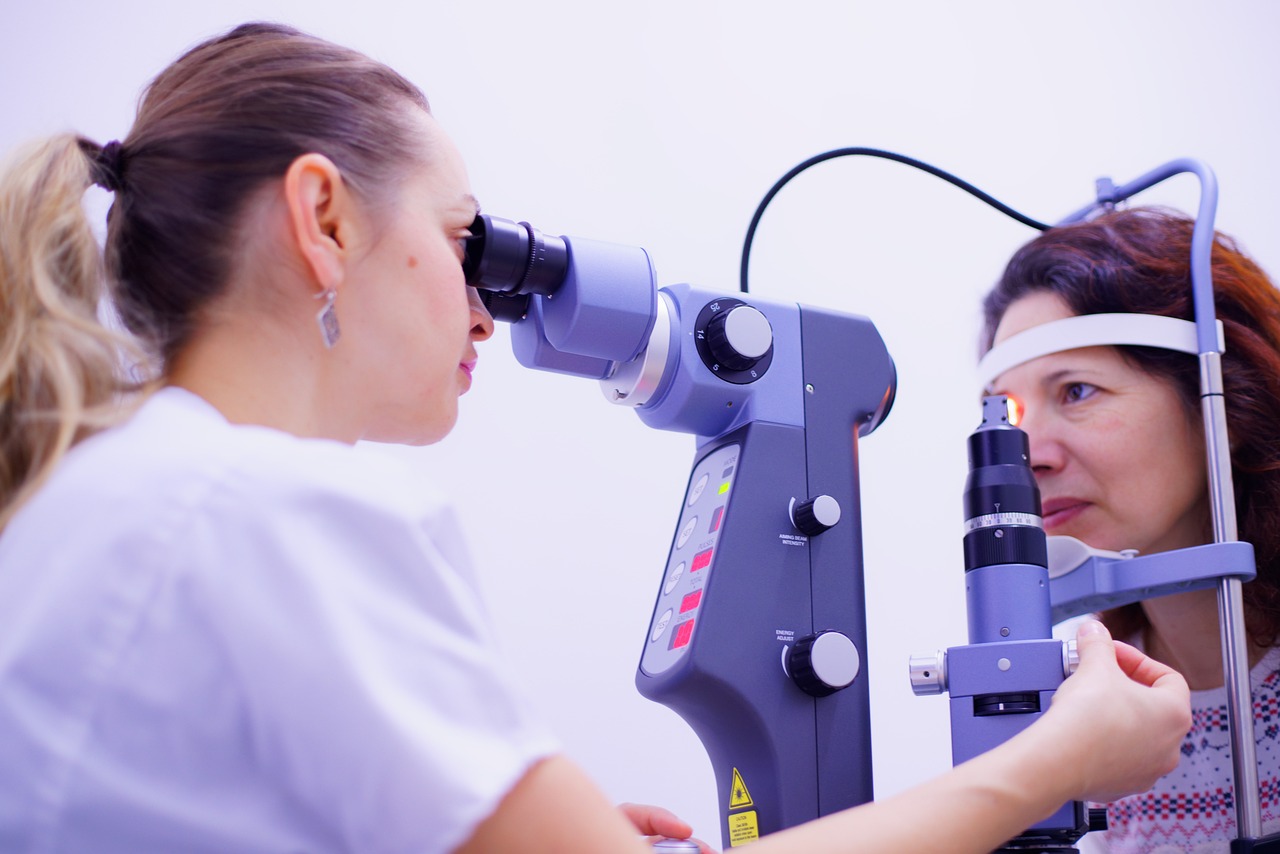
- Age-related macular degeneration (AMD) is a common eye condition that primarily affects individuals over the age of 50
Age-related macular degeneration (AMD) is a common eye disease that affects the central vision, especially in older people. It occurs when the macula, the part of the retina that is responsible for sharp and detailed vision, gets damaged by aging or other factors. There are two types of AMD: dry and wet. Dry AMD is more common and progresses slowly, while wet AMD is less common but more serious and causes faster vision loss. Some symptoms of AMD include blurry or distorted central vision, difficulty seeing in low light, and loss of color brightness. AMD can be diagnosed by an eye exam that includes looking at an Amsler grid, examining the retina with a special lens, and taking images of the retina with optical coherence tomography (OCT) or fluorescein angiography. There is no cure for AMD, but some treatments can help slow down the progression of the disease or improve vision. These include dietary supplements, injections, laser therapy, and surgery.
In summary, regular eye condition check-ups are crucial for individuals with age-related macular degeneration to monitor disease progression, make appropriate treatment adjustments, detect complications, and identify any other vision-related issues. They contribute to the preservation of vision and the overall management of AMD.
Glaucoma
Glaucoma is a group of eye conditions that can cause damage to the optic nerve, resulting in vision loss or blindness if left untreated. It is often characterized by increased intraocular pressure (pressure inside the eye), but it can also occur with normal or low intraocular pressure.

The optic nerve is responsible for transmitting visual information from the eye to the brain. In glaucoma, the increased pressure or other factors lead to damage and gradual loss of nerve fibers, resulting in impaired vision.
Glaucoma typically progresses slowly and silently, and in the early stages, there are often no noticeable symptoms or pain. This makes regular eye examinations crucial for early detection.
- There are different types of glaucoma, including primary open-angle glaucoma, angle-closure glaucoma, and normal-tension glaucoma. Each type has its own characteristics and risk factors.
While there is no cure for glaucoma, early detection and treatment can help slow down or prevent further vision loss. Treatment options may include eye drops to reduce intraocular pressure, laser therapy to improve fluid drainage, or surgery in some cases. The goal of treatment is to manage the intraocular pressure and preserve the remaining vision.
Since glaucoma can progress gradually without noticeable symptoms, regular eye exams are vital for early detection, proper management, and preservation of vision.
Retinal Detachment
Retinal detachment is a serious eye condition in which the retina, a layer of tissue at the back of the eye responsible for vision, becomes separated from its normal position. This separation disrupts the blood supply and can lead to permanent vision loss if not promptly treated. Retinal detachment often causes symptoms such as sudden onset of floaters, flashes of light, or a curtain-like shadow obscuring part of the visual field. It can occur due to various factors, including aging, trauma, or underlying eye conditions. Retinal detachment requires immediate medical attention, and surgical intervention is typically necessary to reattach the retina and restore vision.
- Symptoms of retinal detachment often include a sudden onset of floaters (small specks or cobweb-like shapes), flashes of light, and the appearance of a curtain-like shadow or veil obscuring part of the visual field. If you experience these symptoms, it is crucial to seek immediate medical attention.
In summary, retinal detachment is a serious eye condition that requires prompt medical attention. Early diagnosis and surgical treatment are crucial to prevent permanent vision loss and restore the integrity of the retina. If you experience any symptoms suggestive of retinal detachment, it is important to seek immediate evaluation by an eye care professional.
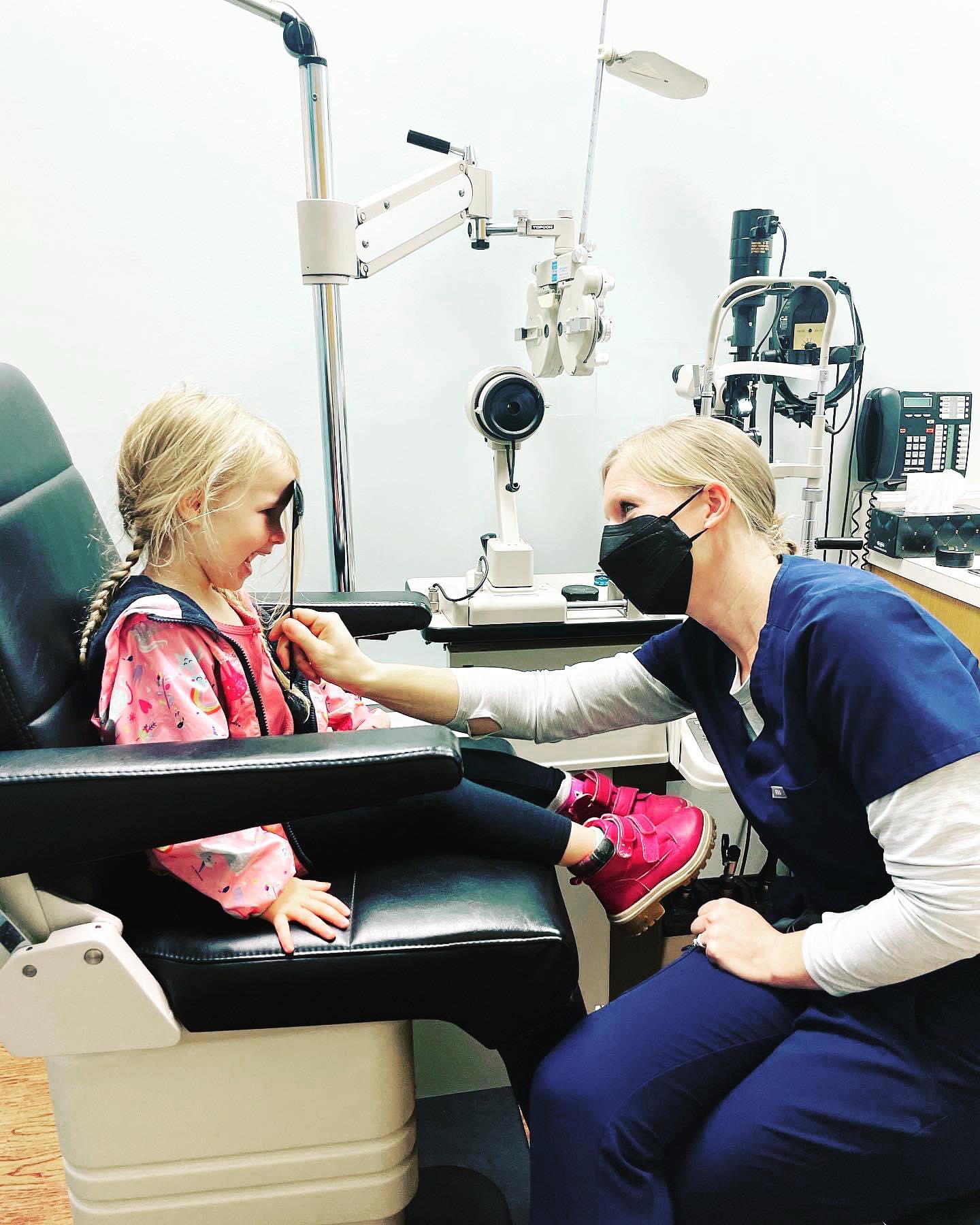
computer vision syndrome
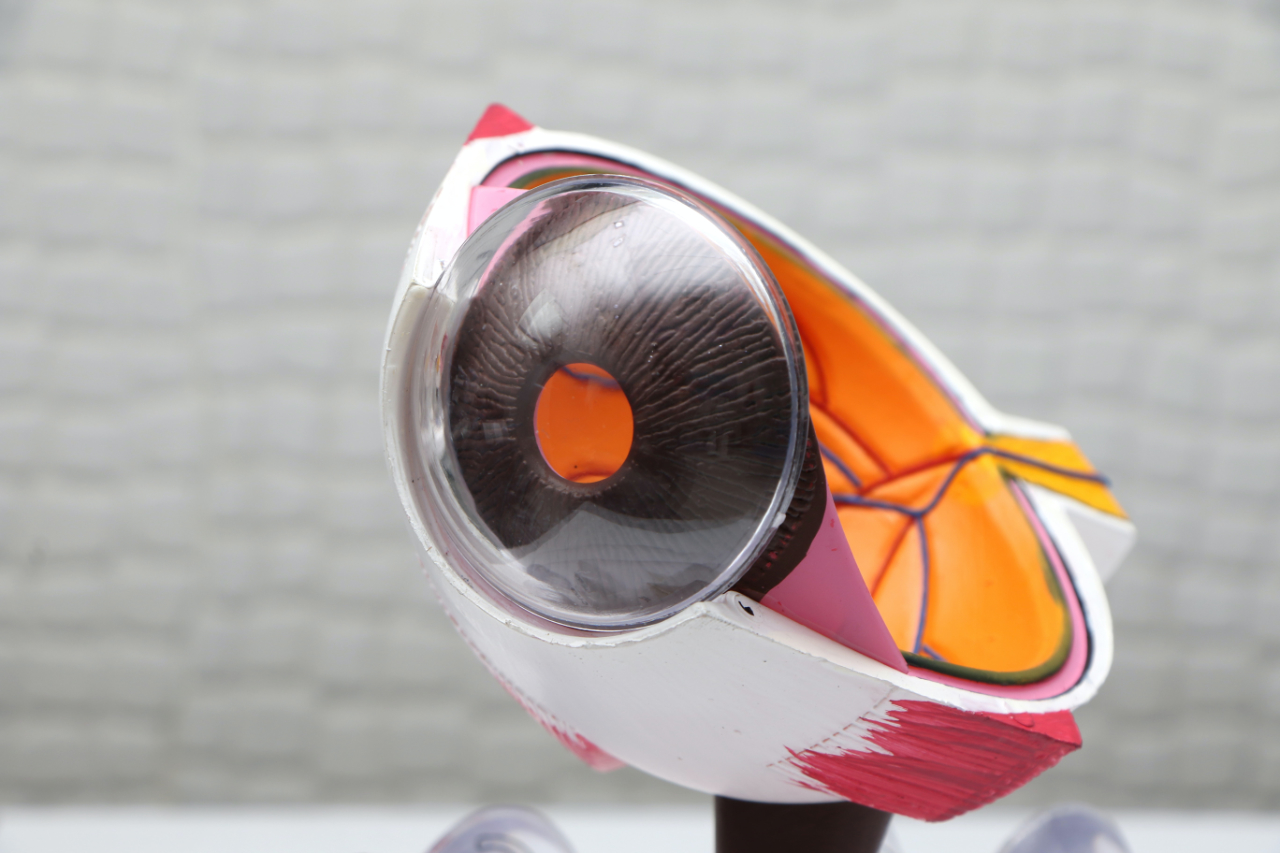
Computer Vision Syndrome (CVS), also known as Digital Eye Strain, refers to a group of eye and vision-related problems caused by prolonged computer, tablet, or smartphone use.
- The symptoms of CVS include eyestrain, dry eyes, blurred vision, headaches, and neck and shoulder pain.
These symptoms arise due to factors such as prolonged focusing on a screen, poor lighting, screen glare, improper viewing distances, and poor posture. CVS can affect anyone who spends significant time in front of screens, including office workers, students, and gamers. Preventive measures include taking regular breaks, adjusting screen settings, using proper lighting, and practicing good ergonomics. Additionally, regular eye exams can help detect and manage any vision issues associated with CVS.
Myopia
Myopia, commonly known as nearsightedness, is a refractive error of the eye that causes distant objects to appear blurry while close objects remain clear.
- It occurs when the eyeball is elongated or the cornea is excessively curved, causing light to focus in front of the retina instead of directly on it.
Myopia typically develops during childhood or adolescence and may progress over time. Factors such as genetics, environmental factors, and excessive near work or screen time are associated with its development. Myopia can be corrected with eyeglasses, contact lenses, or refractive surgery. Regular eye exams are important to monitor myopia progression and ensure appropriate vision correction.

Hyperopia

Hyperopia, commonly known as farsightedness, is a refractive error of the eye where distant objects are typically seen more clearly than close objects.
- It occurs when the eyeball is shorter than normal or the cornea is flatter, causing light to focus behind the retina instead of directly on it. This can result in blurred vision, eyestrain, and headaches, particularly when performing close-up tasks. Hyperopia is often present from birth but may go unnoticed until later in life.
It can be corrected with eyeglasses, contact lenses, or refractive surgery. Regular eye exams are important to detect and manage hyperopia and ensure clear and comfortable vision.
Keratoconus
Keratoconus is a progressive eye disorder that affects the shape and structure of the cornea, the clear front surface of the eye. It is characterized by the thinning and bulging of the cornea into a cone-like shape, leading to visual distortions and reduced vision quality.
- The exact cause of keratoconus is not fully understood, but it is believed to involve a combination of genetic and environmental factors. It often begins during teenage years and progresses slowly over time. Common symptoms include blurry or distorted vision, increased sensitivity to light, frequent changes in eyeglass or contact lens prescriptions, and difficulty with night vision.
Regular eye examinations are crucial for the early detection and management of keratoconus. With proper care and treatment, most individuals with keratoconus can achieve improved vision and maintain a good quality of life.
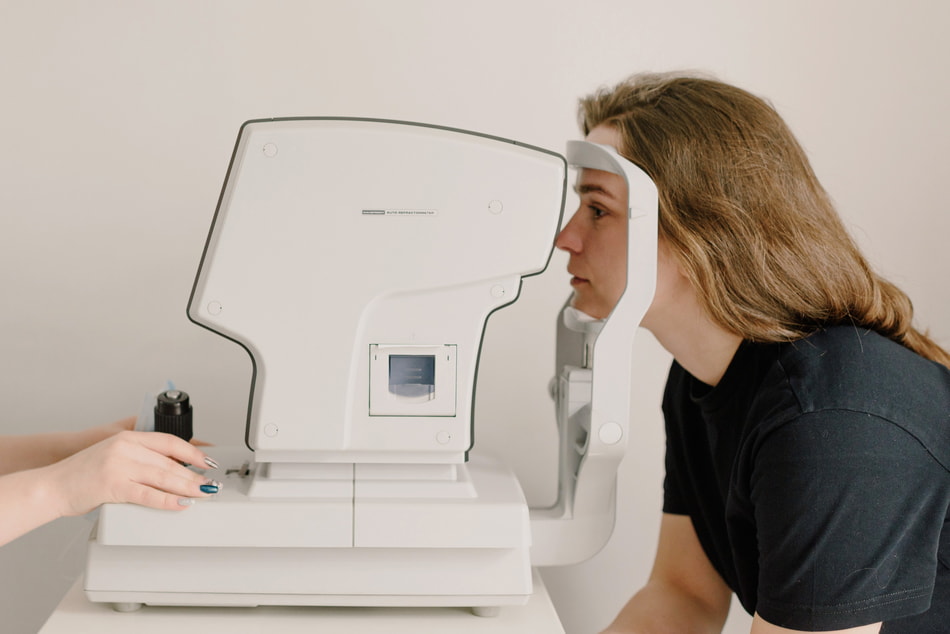
strabismus

Strabismus, commonly known as crossed or misaligned eyes, is an eye condition characterized by the misalignment of the eyes. In a person with strabismus, the eyes do not align or focus together on the same object, causing one eye to turn inwards, outwards, upwards, or downwards while the other remains straight.
- Strabismus can occur due to various factors, including muscle imbalances, nerve disorders, or problems with eye movement control. It can develop in childhood or adulthood and may be present all the time or intermittently.
- The condition can cause a range of symptoms, including double vision, reduced depth perception, eye strain, headaches, and difficulties with reading or focusing. Strabismus can also have an impact on self-esteem and social interactions, particularly in children.
Treatment for strabismus depends on the underlying cause, severity, and age of the individual. It may involve corrective eyeglasses or contact lenses, vision therapy exercises to strengthen eye muscles and improve coordination, or, in some cases, surgical intervention to realign the eyes.
Astigmatism
Astigmatism is a common refractive error of the eye that affects how light is focused onto the retina, leading to blurred or distorted vision. Unlike normal corneas that are smooth and evenly curved, individuals with astigmatism have corneas with an irregular shape, more like a football or toric shape, causing light to focus at multiple points instead of a single point.
Astigmatism can occur alongside nearsightedness (myopia) or farsightedness (hyperopia), and it can also exist on its own. The exact cause of astigmatism is not fully understood, but it is believed to be primarily a result of the cornea’s shape or, less commonly, the shape of the lens inside the eye.
- Symptoms of astigmatism can include blurred or distorted vision, eye strain, headaches, and difficulty seeing clearly at both near and far distances. It can affect individuals of all ages, including children.
Regular eye examinations are important to monitor astigmatism and ensure that the corrective measures are providing optimal visual acuity. With appropriate correction, individuals with astigmatism can achieve clear and comfortable vision.

Amblyopia
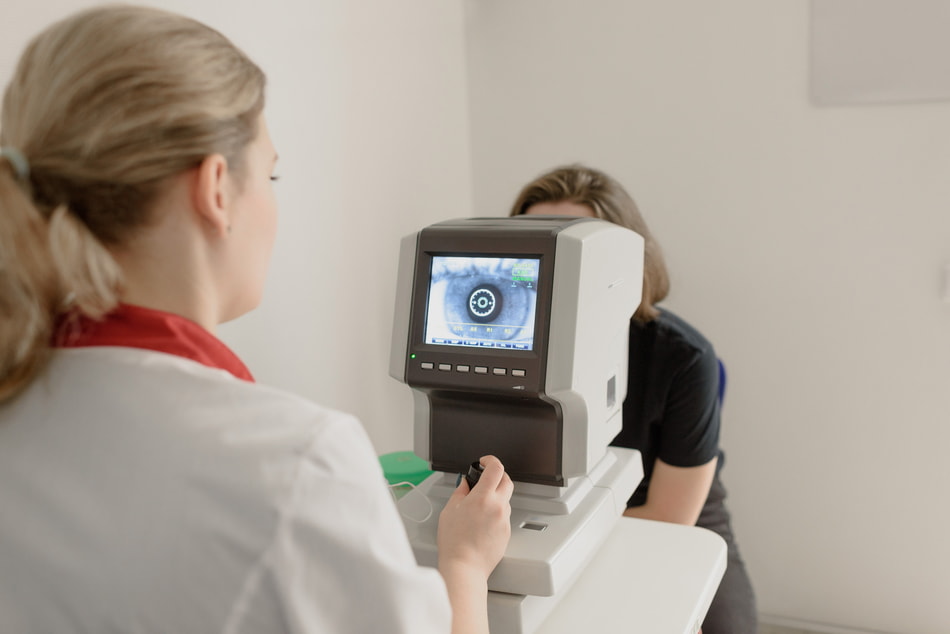
Amblyopia, commonly known as “lazy eye,” is a vision disorder that typically occurs in childhood. It is characterized by reduced vision in one eye due to abnormal visual development during early childhood. In amblyopia, one eye may have significantly better visual acuity than the other, resulting in poor or blurry vision in the affected eye.
Amblyopia often develops due to an imbalance in the visual input received by both eyes, such as a significant difference in refractive error (e.g., nearsightedness, farsightedness, or astigmatism) or strabismus (misalignment of the eyes). The brain favors the eye with better visual input, leading to reduced visual development in the weaker eye.
- Early detection and treatment are crucial for amblyopia. The primary goal is to encourage visual development in the weaker eye. Treatment options may include corrective eyeglasses or contact lenses, patching the stronger eye to force the use of the weaker eye, and vision therapy exercises to improve visual acuity and eye coordination.
If left untreated, amblyopia can result in permanent vision loss in the affected eye. Therefore, it is essential for children to undergo regular eye examinations to detect and address amblyopia early in order to maximize the chances of successful treatment and preserve vision.
Diabetic retinopathy
Diabetic retinopathy is a potentially sight-threatening complication of diabetes that affects the retina, the light-sensitive tissue at the back of the eye. It is caused by damage to the blood vessels in the retina due to long-term high blood sugar levels in individuals with diabetes.
Over time, the blood vessels in the retina may leak fluid or blood, leading to swelling and the formation of abnormal blood vessels. These changes can cause vision problems, including blurry or distorted vision, dark or empty areas in the visual field, difficulty seeing colors, and even complete vision loss if left untreated.
- There are different stages of diabetic retinopathy, ranging from mild non-proliferative retinopathy to severe proliferative retinopathy. Proliferative retinopathy is the most advanced stage and is characterized by the growth of new, fragile blood vessels that can cause retinal detachment and severe vision loss.
Regular eye examinations are crucial for individuals with diabetes to detect and monitor diabetic retinopathy. Treatment options may include laser therapy to seal leaking blood vessels, injections of medication into the eye to inhibit abnormal blood vessel growth, and in severe cases, surgical intervention.











